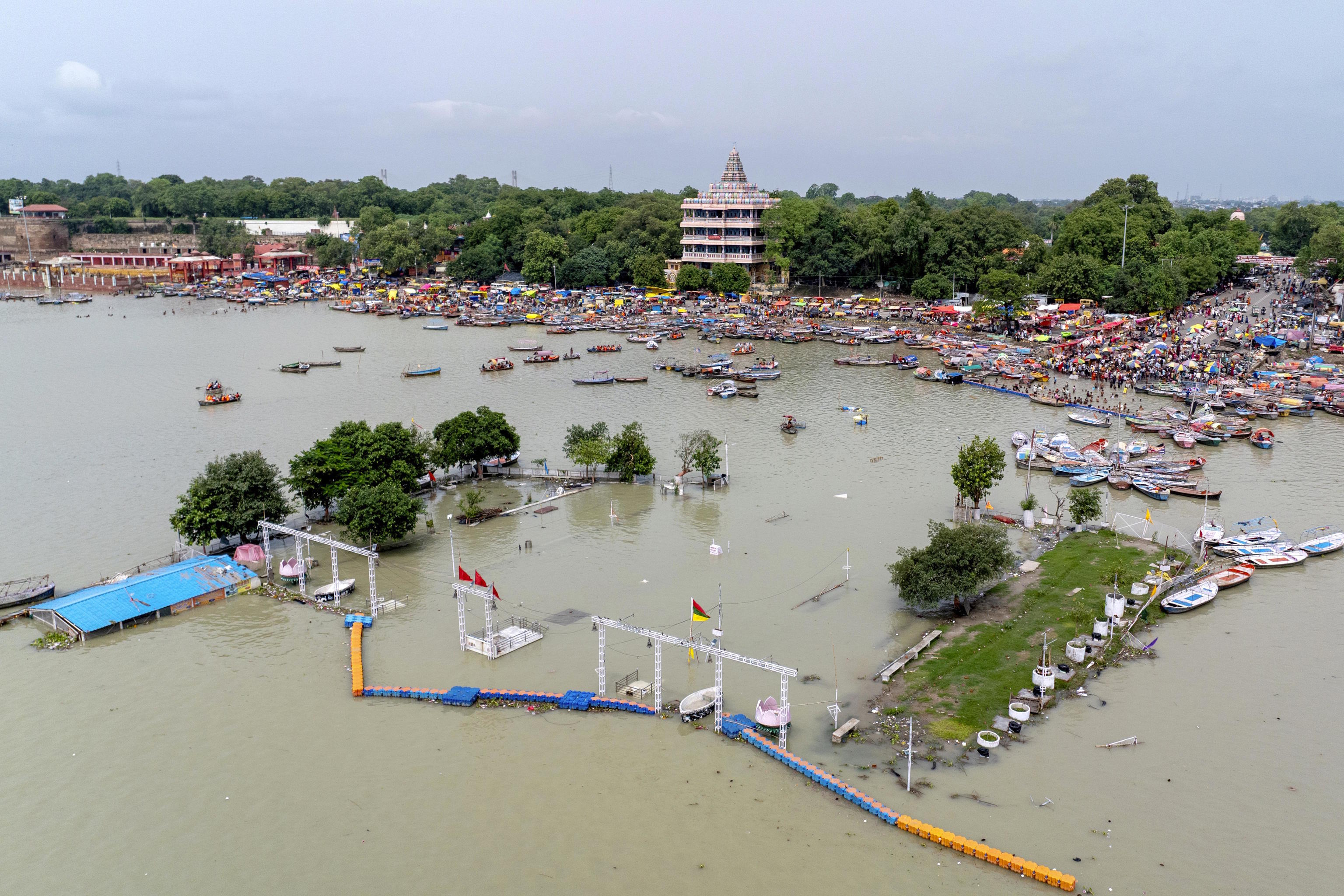In the Bay of Bengal, to the east of India, there is an archipelago formed by several islands where tribes that have had little contact with the outside world live. After the devastating 2004 tsunami in the Indian Ocean, the indigenous people of North Sentinel Island tried to shoot down a military helicopter flying over the area to check on the status of the native groups. In 2018, an American evangelical missionary, John Allen Chau, was killed by the Sentinelese as soon as he set foot on the beach. In 2021, during the pandemic, the aborigines, armed with bows and arrows, repelled some boats with humanitarian workers who were about to deliver medicines and check if the virus had also spread to these communities.
The Indian Government prohibited more than a decade ago outsiders from approaching this island and committed not to disturb their isolation, as any contact could be deadly since these hunter-gatherer peoples lack the necessary immunity to withstand common diseases.
But there is a debate that has recently emerged in the political arena of the South Asian giant. For the first time since 2011, the surveyors of the most populous country in the world are preparing to conduct a major national census: a complex administrative and logistical exercise that they also want to extend to the isolated communities in the Bay of Bengal, although they do not know how to do it.
Some anthropologists say that it is crucial to know whether these tribes are growing or declining, but that populations must be mapped without any direct contact or anything that alters their ecosystem. There has been speculation about the possible use of stealthy drones equipped with reconnaissance cameras and motion sensors.
Since 2021, India has been delaying the preparation of a census that is crucial for planning future welfare policies and fund allocation. The Ministry of the Interior reported that the count will be carried out in two phases, with the aim of concluding in 2027. A far from simple task, considering the vast territory: from the remote snowy regions of the Himalayas and the disputed areas of Kashmir to the deserts of Rajasthan.
Clouds hover over North Sentinel Island, off the southeast coast of India, in 2005.AP
In 2023, India surpassed neighboring China and officially became the most populous country in the world, exceeding 1.43 billion inhabitants, as recognized by the United Nations. In the last census of 2011, the population was 1.21 billion. In a country where around 86,000 children are born daily, projections for 2060 indicate that the population will exceed 1.65 billion.
In the upcoming census, authorities have stated that they will also collect details of the caste to which citizens belong, a politically and socially sensitive issue that has not been recorded since a national census conducted in 1931, during British colonial rule.
But leaders argue that all this data is necessary in a country full of contrasts and plagued by extreme inequalities. Poverty, exacerbated by inflation, extends from north to south, and ethnic tensions, fueled by an increasingly extremist Hindu nationalist government, grow between regions that balance demographic growth differently. While in the poorer northern states (Bihar and Uttar Pradesh), the population continues to grow, in the wealthier south, the birth rate remains stable and in some more prosperous regions, it has even decreased.
It remains to be seen how they will conduct the ambitious census among the indigenous tribes of the Bay of Bengal, where it is believed they have been living in this part of the Indian Ocean for over 55,000 years. Currently, the peoples are grouped under the federal administration of Andaman and Nicobar, composed of more than 500 islands, of which just over thirty are inhabited.
Some communities became extinct after the arrival of the first British settlers in the mid-19th century. At that time, there were an estimated 8,000 indigenous people, grouped into nine different tribes, and 80% of this population died from imported diseases (pneumonia, measles, AIDS, syphilis, tuberculosis...). Researchers believe that at present, only five tribes remain (Jarawas, Sentinelese, Great Andamanese, Onges, and Shompens) and the number of their members is unknown.
A few months ago, several human rights groups criticized officials for distributing "identification cards" to some members of one of the tribes, the Jarawas, with the intention that they distribute them among their community so they could participate in elections. "This is a historic achievement in India's democratic evolution, symbolizing the country's commitment to ensuring inclusion and equity for all citizens," said Arjun Sharma, a local government official.
However, the organization Survival International denounced that this inclusion project was actually a deception to gradually attract indigenous people to urban areas and move them away from their lands, which they want to take away to build a mega economic center that includes a new city, a container terminal, an airport, and a power plant.
